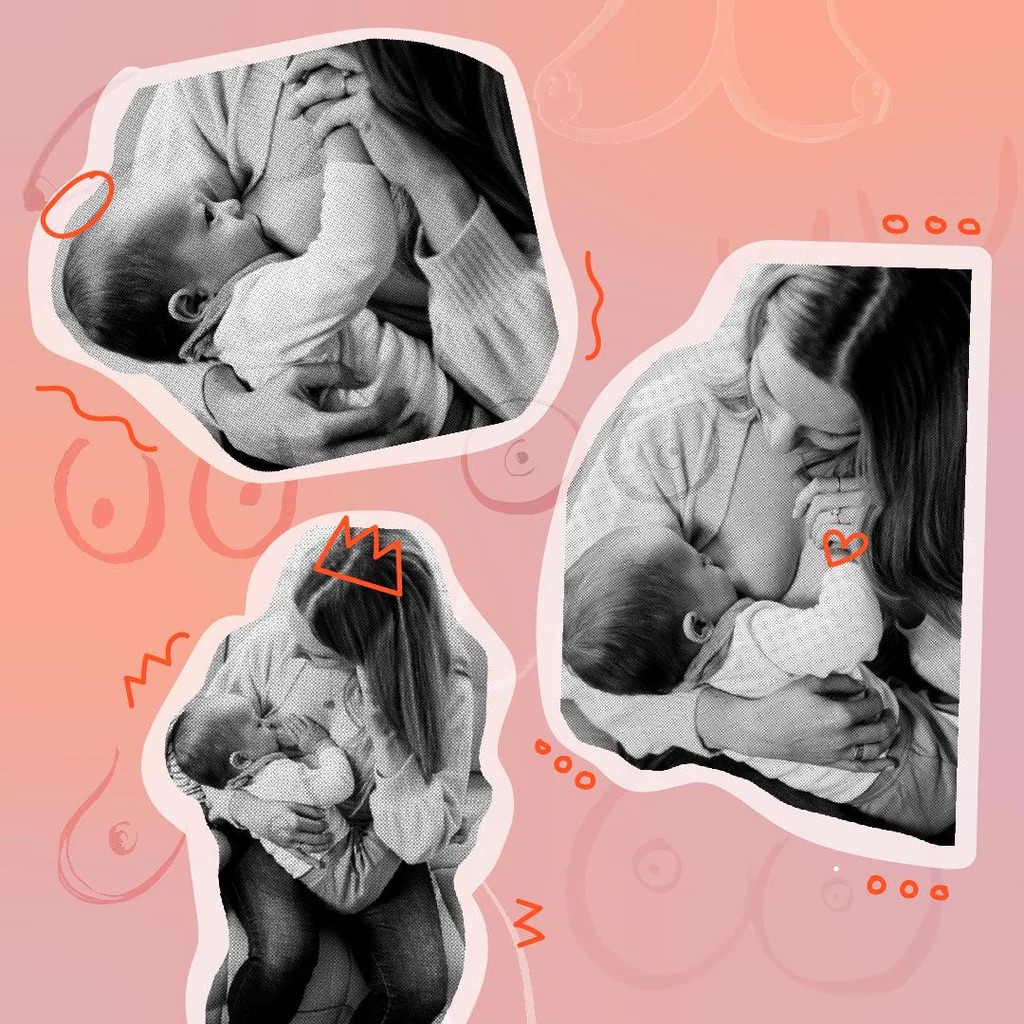Postpartum is a time for TLC and becoming your own personal cheerleader (and boundary setter). Your body has achieved some serious feats whilst growing and birthing a baby, so it’s important you give yourself time and space to heal.
Vaginal
As your cervix dilates to 10cm, it’s no surprise to learn that a woman’s body is wonderfully intuitive and behaves with such reactionary physicality during birth, and the vagina, in many cases, is the MVP. While some women will birth without ‘injury’ or assistance, others will experience tears or require an episiotomy (a controlled cut in the perineum to allow space for the baby to be born). This is common and you will heal.
Even for those who don’t experience any tearing or require stitches, your vagina will still be quite swollen and sore. Keeping it iced and clean are some of the best things you can do for yourself during this time.
As you could be sitting down for long durations in those early weeks feeding, you’ll inadvertently place continuous pressure on your downstairs region. To alleviate swelling, try gentle movement (for example slow walks around the house) or sitting on a ‘donut shaped’ pillow. Something else that may help is to feed in the Side Lying position (watch our video on breastfeeding positions to try here), which can support rest and pelvic floor recovery, plus be very calming for your baby.
How to care for your perineum
If you experience a tear, an episiotomy and/or you require stitches, it’s normal to feel sore and tender. You potentially have broken skin, fluid retention and bruising surrounding an incredibly intimate area of your body so be sure to go easy. Icing your vagina using cool packs and/or a specific type of maternity pads with inbuilt cooling can be hugely effective quite quickly.
For women who have stitches, paying extra attention to hygiene via adequate washing of your perineum is critical. Due to the position of your wound and the expulsion of lochia, the area surrounding your perineum and your vagina can be more prone to bacterial build up.
Regularly changing your pads, regularly changing your underwear and showering at least once a day in the first few weeks post birth are simple and effective ways to keep the area clean. In terms of keeping the actual wound clean, a perineal wash bottle is precise in terms of both targeting and cleansing sensitive areas. It can also be used to splash the area after a wee, as urine can lead to an uncomfortable sting.
Below are some postpartum essentials, take them with you to hospital and stock up for the weeks at home after birth:
The Bowels
For some, the first poo after birth can be intensely overwhelming. Despite how you birthed, your abdomen, your pelvic floor and your buttocks are going to be far from excited about more ‘pushing.’ Fair enough. To help, drink lots of water and include plenty of fibre rich foods in your diet. Suitable probiotic supplements can also work wonders to reset your gut or your GP may suggest OTC stool softeners to get things moving along. The last thing you need during this vulnerable time of life is a bout of stubborn constipation.
Some extra tips on the subject of poo; get yourself a small step for the toilet as your posture can make a big difference. Keep your knees higher than your hips, lean forwards and make a ‘moo’ sound. While doing so, you will feel both your abdomen expand and some added pressure downwards in the rectum and anus. This will assist with your bowel movement. If you’re worried about prolapse or placing any additional pressure on your pelvic floor, it can help to grab a wipe or some clean toilet paper and firmly hold your vagina while pushing.
You’ll find some more helpful articles below:
















